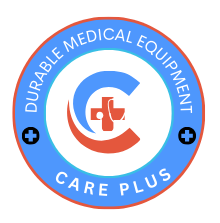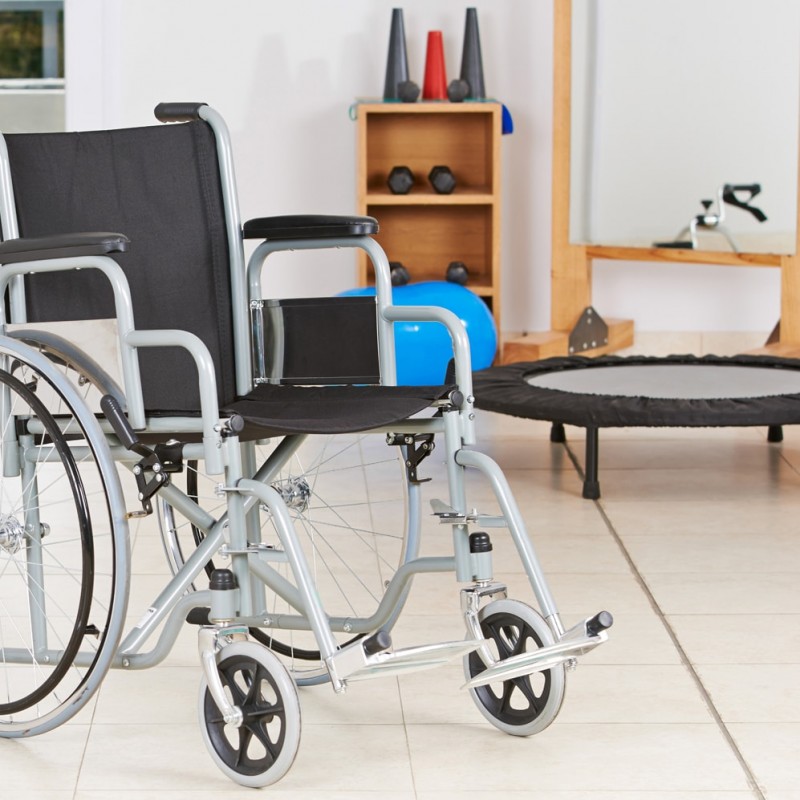How to Choose the Right DME for Your Needs
Durable Medical Equipment (DME) is crucial in enhancing the quality of life for individuals who require medical assistance at home. Given the vast array of options available, selecting the right DME can be overwhelming. Understanding what DME entails and knowing the factors to consider can simplify your decision-making process significantly. This guide will walk you through the essential steps to help you choose the right DME tailored to your specific needs.
Understanding Durable Medical Equipment (DME)
Before diving into the selection process, it’s essential to understand what DME comprises. Durable Medical Equipment refers to medical devices that are designed for repeated use and are essential for managing various health conditions. Common types of DME include wheelchairs, hospital beds, oxygen equipment, walkers, and nebulizers, among others. These devices are typically prescribed by healthcare professionals and can be covered by insurance plans, including Medicare and Medicaid, under specific circumstances.
Identifying Your Specific Needs
The first step in choosing the right DME is to identify your specific needs or the needs of the person who will be using the equipment. Consider the following questions:
- What is the primary medical condition that necessitates the use of DME?
- What are the mobility or accessibility challenges faced by the user?
- Are there any specific features required in the DME to address unique medical needs?
- How often and in what settings will the DME be used?
Answering these questions will provide a clear picture of the type of equipment needed, whether it’s for mobility assistance, respiratory support, or other medical requirements.
Consulting Healthcare Professionals
Healthcare professionals, such as doctors, physical therapists, and occupational therapists, play a vital role in the selection of appropriate DME. They can provide expert recommendations based on the medical condition and evaluate the patient’s overall health status. Engaging with these professionals ensures that the chosen equipment aligns with the clinical needs and enhances the user’s quality of life. They can also assist in completing the necessary paperwork for insurance claims.
Evaluating Insurance Coverage
Insurance coverage is a significant factor in choosing DME, as these devices can be expensive. Verify with your insurance provider, whether it’s private insurance, Medicare, or Medicaid, the extent of coverage for the required equipment. Understanding the coverage details, including co-pays, deductibles, and any restrictions, will help you make a financially sound decision. Keep in mind that some insurance plans may require prior authorization or specific documentation from healthcare providers to cover DME costs.
Researching DME Suppliers
Once you have identified the type of equipment needed, the next step is to research DME suppliers. Look for suppliers with a strong reputation for providing quality products and excellent customer service. Consider the following factors when evaluating suppliers:
- Accreditation: Ensure the supplier is accredited by recognized organizations, which indicates adherence to industry standards.
- Product Range: A supplier with a wide range of products can offer more choices, allowing you to find equipment that closely matches your needs.
- Customer Feedback: Reviews and testimonials from other customers can provide insights into the supplier’s reliability and service quality.
- After-Sales Support: Check if the supplier offers maintenance, repair services, and warranties for their products.
Assessing Equipment Features and Quality
When selecting DME, it’s crucial to assess the features and quality of the equipment. Consider the following aspects:
- Durability: The equipment should withstand regular use and last for an extended period.
- Safety: Ensure the equipment meets safety standards and includes features to prevent accidents or injuries.
- Ease of Use: The equipment should be user-friendly, especially for individuals with limited mobility or dexterity.
- Customization: Look for equipment that can be adjusted or customized to fit the user’s specific needs.
Evaluating these factors will help ensure that the chosen DME is both practical and effective for the user.
Considering Rental vs. Purchase Options
Depending on the duration of use, you may need to decide between renting or purchasing DME. Each option has its advantages:
- Renting: Ideal for short-term needs or when trying out equipment before committing to a purchase. Renting can be cost-effective if the equipment is needed temporarily.
- Purchasing: Suitable for long-term needs, as it might be more economical in the long run. Purchasing also allows for greater customization and personalization of the equipment.
Weigh the costs and benefits of each option to determine the most suitable choice for your situation.
Trial and Demonstration
Whenever possible, request a trial or demonstration of the equipment before making a decision. This allows the user to test the equipment’s functionality and comfort. A trial period can also reveal any potential issues that might not be apparent at first glance. Ensure that the supplier provides adequate instructions on how to use the equipment safely and effectively during the trial period.
Reviewing Return and Exchange Policies
Before finalizing your decision, review the supplier’s return and exchange policies. These policies should be clear and customer-friendly, allowing you to return or exchange the equipment if it does not meet your expectations or if you encounter any issues. Understanding these policies beforehand can save time and frustration if adjustments need to be made after the initial purchase.
Making an Informed Decision
After thorough research and consultation, compile all gathered information to make an informed decision. Consider the user’s needs, financial factors, equipment quality, and supplier reliability. A well-thought-out decision will ensure that the chosen DME enhances the user’s quality of life and meets their medical requirements effectively.
Conclusion
Selecting the right Durable Medical Equipment is a significant decision that requires careful consideration of various factors, including medical needs, insurance coverage, supplier reliability, and equipment features. By identifying specific needs, consulting healthcare professionals, and evaluating potential suppliers and products diligently, you can make a choice that best supports the user’s health and lifestyle. Remember, the right DME can significantly improve the user’s quality of life, providing them with greater independence and comfort. Take the time to research and consult with professionals to ensure your selection is well-suited to your needs.




